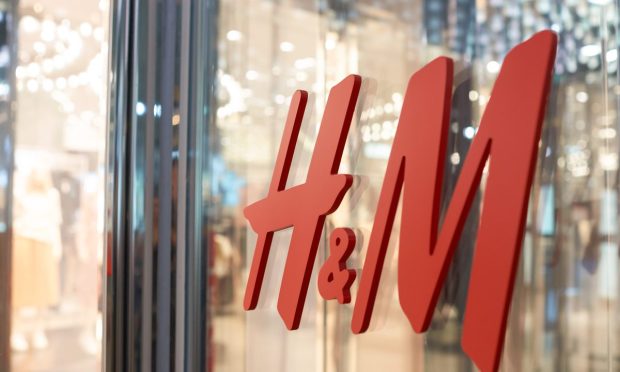Mass Store Closures, Once a Sign of Trouble, Now Signal Retail’s Digital Shift

When a retailer closes over 200 stores within a nine-month period, it can often mean that things are not going well — sales may be falling or traffic may be dropping, and executives could be looking to cut costs.
But for Swedish fashion retailer H&M, sales were up 14% in the third quarter compared to the same period in 2020 and up 13% year-over-year between December and August — though sales in those nine months were down over 12% compared to 2019. Closing 230 stores so far this year, then, is less about whether sales are happening and more about where the sales are happening.
According to PYMNTS research conducted in collaboration with Cybersource, the share of online native shoppers has grown by 17% since the pandemic began while brick-and-mortar shoppers have fallen by 10% over the same period.
See more: More Than Forty Percent of U.S. Consumers Shop Through Digital Channels … And Stay There
Helena Helmersson, CEO of H&M, said the company is working to “constantly improve both the customer offering and the customer experience in response to customers’ increased expectations, such as being able to shop in a smooth and convenient way — when, where and how they choose.”
H&M is still planning to open about 108 new stores this fiscal year in emerging markets, such as Panama, Ecuador, North Macedonia and Kosovo, but the 325 anticipated store closures in more established markets this year means the retailer will have around 215 fewer stores than it had just a year ago.
The majority of the store closures have occurred in Europe and Africa, while only 29 have occurred in Asia and Oceania, H&M said, and 25 have occurred in North and South America.
“The pandemic has accelerated the already ongoing transformation of the industry, with increased digitalization that has rapidly changed customers’ behavior,” the company said in a statement. “The current situation has changed the preconditions for, among other things, rental terms for stores.”
H&M said it is currently renegotiating “a large number of leases” to optimize its store portfolio; the retailer can renegotiate or leave leases on about one-third of its locations each year.
Diversifying the Business
Digital sales aren’t the only new focus for H&M. Earlier this year, secondhand marketplace Sellpy, which is majority-owned by H&M expanded to 20 more European countries, bringing its total markets to two dozen, in a bet that demand for sustainable fashion will continue to grow. Sellpy is also collaborating with H&M on a new warehouse in Poland, along with distribution, quality control and order handling.
See: H&M’s Secondhand eShop Sellpy Debuts In 20 European Countries
To be sure, a slew of other brands have also identified the secondhand market as a lucrative opportunity, especially as supply chain issues slow production. A report from thredUP and GlobalData projects that in apparel alone, resale is expected to grow 11 times faster than the broader clothing sector over the next five years, with the secondhand market reaching $77 billion by 2025.
Marcus Shen, chief operating officer of B-Stock, told PYMNTS that part of the increased demand likely comes from a generational shift where younger people “are far more socially conscious about goods and merchandise that they’re buying and consuming, and they certainly have increased demand for socially responsible companies.”
Read more: Secondhand Market Presents ‘Big Opportunity’ for Retailers Ahead of Holidays
Earlier this week, H&M also launched an on-demand printing service for the merchandise industry, called Creator Studio, that will also allow for eCommerce setup and integrations. The retailer said its production expertise and collaborations with designers and artists in the past will help “lower the barriers for brands and creators to offer good quality merchandise.”
Bloomberg reported that the global market for licensed merchandise and services amounted to $293 billion in 2019.
“The customer of today is demanding more personalized products and experiences than ever,” Ellen Svanström, head of business ventures at H&M Group, said in a statement. “With our investments and initiatives within on-demand printing, we can really create value for the customer, external partners as well as for the H&M group, and be a force for change in the merchandise industry.”